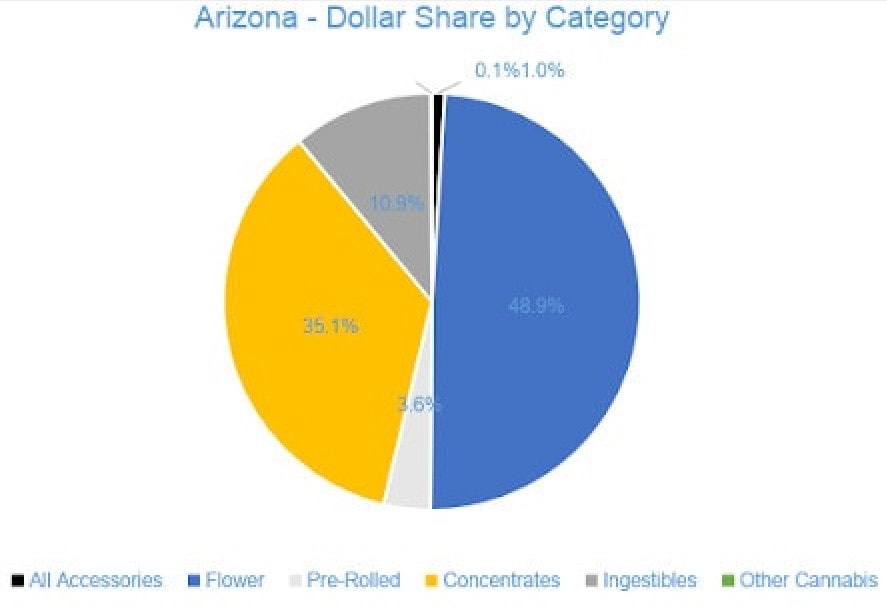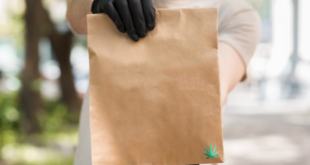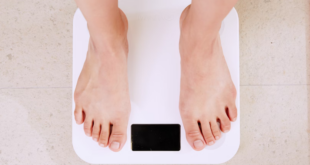
During May, just nine months after the vaping crisis began and three months into the coronavirus (COVID-19) pandemic impacting the cannabis industry, sales compared to May 2019 grew by 58% in Arizona.
“Flower sales accounted for nearly 49 percent of overall revenue for the month” at Arizona dispensaries, NVC Newswire reported.
A new report by BDSA, a marijuana industry analytics firm, reveals insights into Arizona’s medical marijuana industry:
In May 2020, cannabis sales in Arizona’s medical dispensaries reached $93 million, growing seven percent from April. Compared to the previous May, sales in Arizona grew by over 58 percent. Year-to-date through May, sales have reached $403.7 million, increasing by $126.6 million and 46 percent compared to the same period last year.
Flower sales accounted for nearly 49 percent of overall revenue for the month with $45.4 million in sales, growing six percent from April. Pre-rolled Joints, which are tracked as a separate category, accounted for just under four percent of revenue with $3.4 million in sales. Compared to the previous May, Flower sales increased by 64 percent and Pre-rolled Joints increased by 70 percent.

Concentrate sales accounted for about 35 percent of overall revenues with sales totaling $32.6 million in May, growing by eight percent from the trailing month. Vape products, the largest segment of the Concentrates category, generated $20.3 million in sales, accounting for 62 percent of the Arizona Concentrates market and 22 percent of sales across all categories. Compared to May 2019, sales of Dabbable Concentrates grew by 86 percent, while Vape sales grew by 42 percent.
The Ingestibles category accounted for 11 percent of sales in May with $10.1 million in revenue. Compared to May 2019 and April 2020, sales in the category grew by 48 and by seven percent, respectively. In May, the $9.4 million in sales from Edibles generated nearly 93 percent of Ingestibles sales overall, while Sublinguals made up the remaining seven percent. Compared to the previous May, Edibles sales increased by 62 percent and Sublingual sales decreased by 31 percent.
Chart: BDSA / NVC Newswire
 AZ Marijuana Arizona Marijuana Info
AZ Marijuana Arizona Marijuana Info






